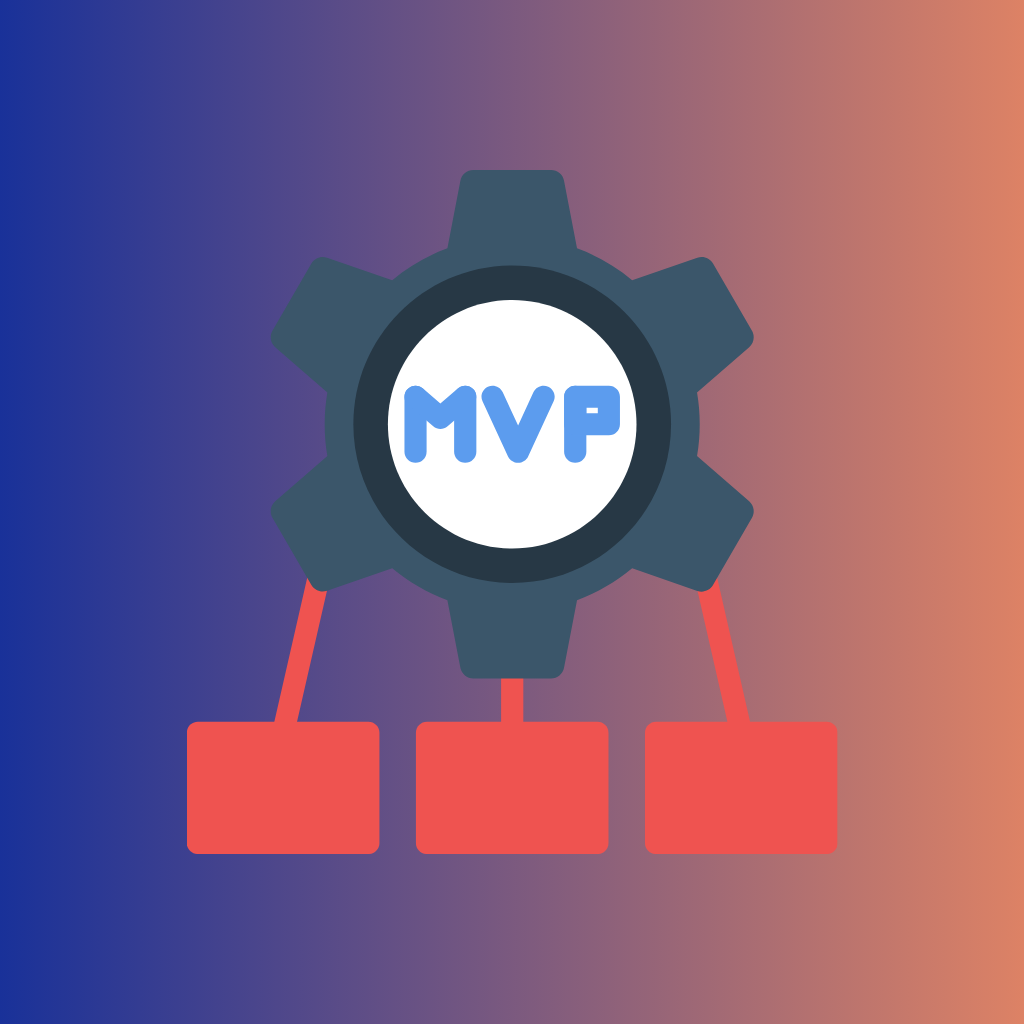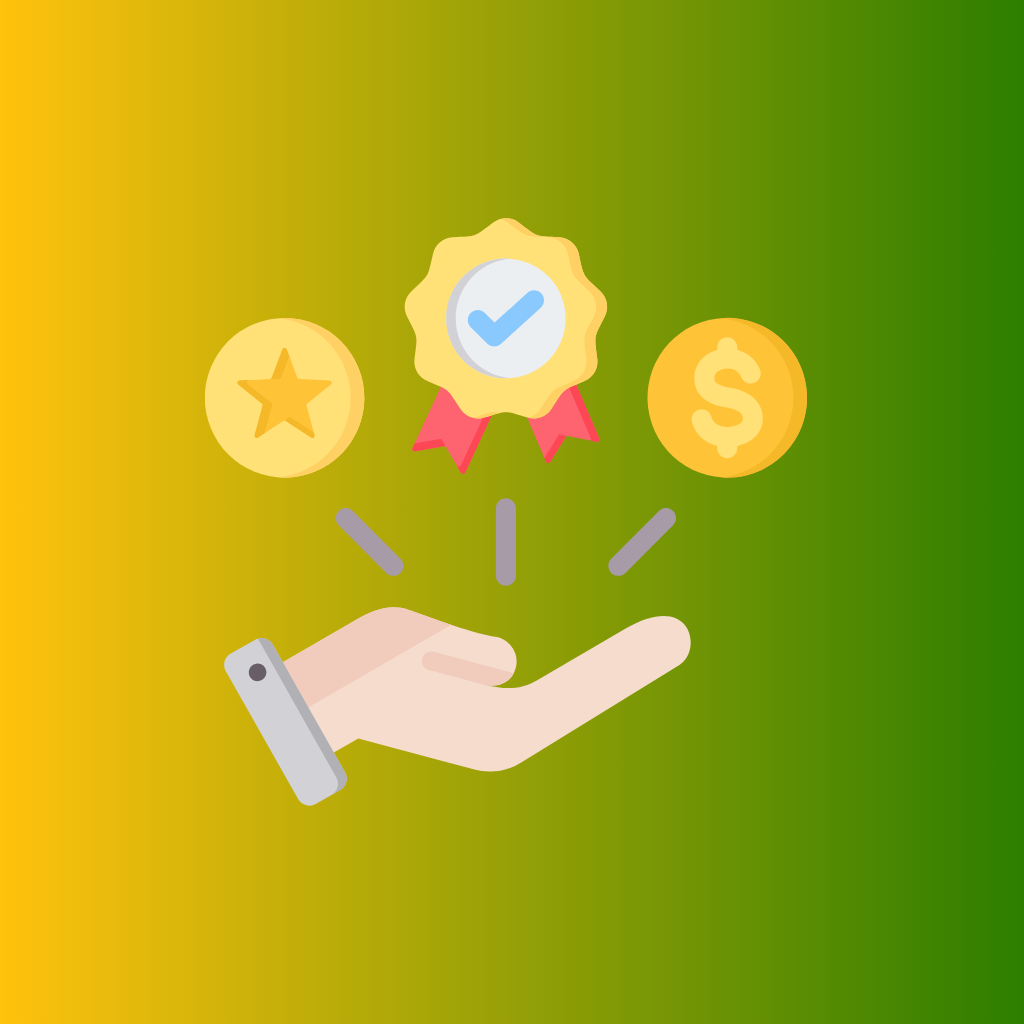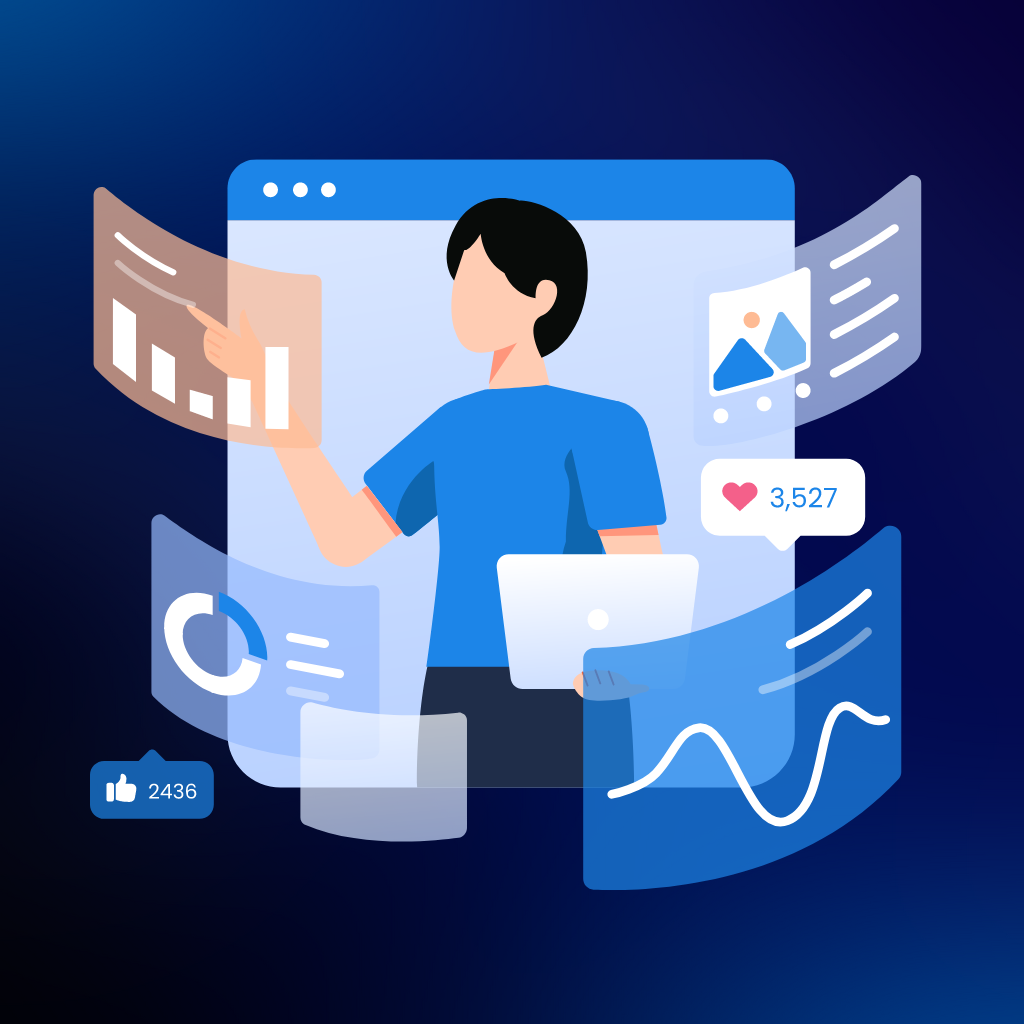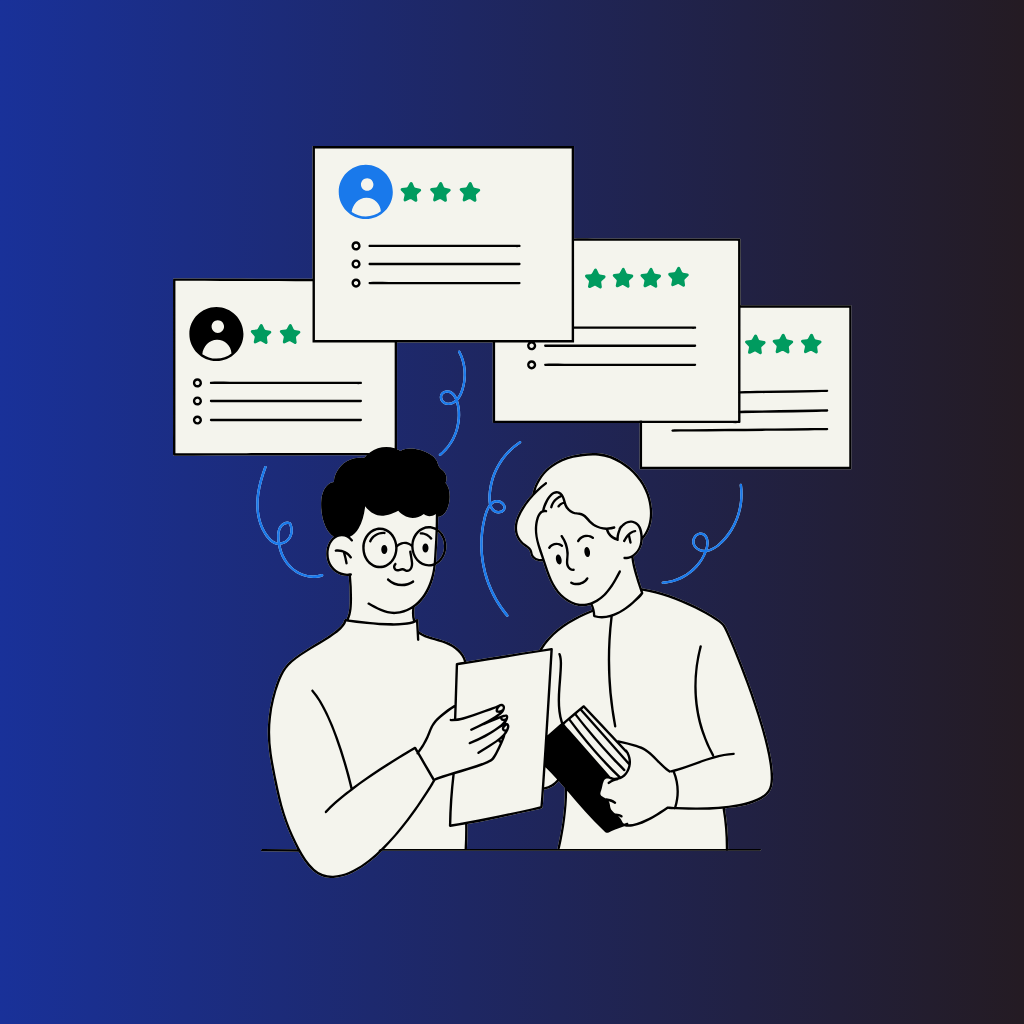In the fast-paced world of app development, following a structured process from ideation to market testing is crucial. This systematic approach not only streamlines the creation journey but also significantly boosts the chances of your app’s success. By adhering to a clear roadmap, developers can ensure that every aspect of the app, from concept to launch, is meticulously planned and executed.
This structured methodology helps in identifying potential pitfalls early, making necessary adjustments, and ultimately delivering a product that meets market needs and exceeds user expectations. Embracing this disciplined approach can transform a simple idea into a successful, market-ready app.
1. Ideation
Brainstorming: The first step in app development is generating ideas. This can come from identifying market needs, leveraging personal interests, or exploring technological opportunities. Brainstorming sessions with your team can help generate a wide range of ideas. Remember, no idea is too outlandish at this stage; the goal is to be creative and open-minded.
Research: Once you have a list of ideas, it's time to investigate existing solutions. This research phase involves looking at similar apps on the market to understand what they offer and where they fall short. Identifying these gaps can reveal opportunities for your app to stand out. Look at user reviews and ratings to gather insights into what users like and dislike about existing apps.
Idea Validation: Before diving into development, it's crucial to validate your idea. Seek feedback from potential users or industry experts. This can be done through surveys, focus groups, or one-on-one interviews. Their input can help you refine your concept, ensuring it addresses a real need and has a potential market. This step can save time and resources by focusing on ideas with the highest chance of success.
2. Market Research
Target Audience: Understanding who will use your app is essential for its success. Define the demographic (age, gender, income level), geographic (location, urban vs. rural), and psychographic (lifestyle, values, interests) characteristics of your ideal users. Knowing your target audience helps in tailoring the app’s features, design, and marketing strategies to meet their specific needs and preferences.
Competitor Analysis: Study your competitors to identify their strengths and weaknesses. Look at their app features, user interface, customer reviews, and overall market presence. Understanding what competitors do well and where they fall short can help you create a unique value proposition for your app. This analysis will also reveal opportunities for differentiation and innovation.
SWOT Analysis: Conduct a SWOT analysis to evaluate your app’s internal strengths and weaknesses, as well as external opportunities and threats. Strengths might include unique features or a strong development team, while weaknesses could be a limited budget or lack of market experience. Opportunities could arise from market trends or technological advancements, while threats might come from established competitors or regulatory changes. This analysis provides a strategic overview, helping you to build on strengths, address weaknesses, exploit opportunities, and mitigate threats.
3. Planning and Strategy
Project Scope: Clearly define what your app will do. Outline its key features, functionalities, and any limitations. This includes detailing the core functionalities that will make your app valuable to users and setting boundaries on what will not be included in the initial release. A well-defined project scope helps in managing expectations and guides the development process to stay focused on essential aspects.
Business Model: Decide on how your app will generate revenue. Common monetization strategies include subscriptions, freemium models, in-app purchases, and advertisements. Consider your target audience and the nature of your app when choosing the right business model. A carefully selected business model ensures that your app is not only user-friendly but also financially sustainable.
Roadmap and Timeline: Develop a detailed timeline for the development process, breaking it down into phases. This roadmap should include milestones for each stage, from initial development and prototyping to testing and final launch. A clear timeline helps in tracking progress, managing resources efficiently, and ensuring that the project stays on schedule. Regularly updating and reviewing the roadmap allows for flexibility and adjustments as needed, keeping the project aligned with its goals.
4. Prototyping
Wireframing: Start by designing the basic layout and structure of your app. Wireframes are simple, black-and-white sketches that outline the placement of elements on each screen. They serve as the blueprint for your app, helping to visualize the flow and functionality without getting bogged down in design details. Wireframes ensure that the user journey is intuitive and that all necessary elements are included.
Mockups: Once the wireframe is in place, create detailed visual representations of your app. Mockups add color, typography, and other design elements to the wireframe layout, providing a more polished and realistic view of the final product. This stage focuses on aesthetics and ensures that the app's visual design aligns with your brand identity and appeals to your target audience.
Interactive Prototypes: Build interactive versions of your app to simulate the user experience. These prototypes allow users to click through the app as if it were fully functional, providing valuable insights into the usability and flow. Interactive prototypes are crucial for identifying potential issues and making improvements before development begins. They help in gathering feedback from stakeholders and potential users, ensuring the app meets their expectations and needs.
5. Design and Development
UI/UX Design: Prioritize creating a user-friendly design and seamless user experience. UI (User Interface) design involves crafting visually appealing interfaces that are easy to navigate. UX (User Experience) design focuses on the overall feel of the app, ensuring it is intuitive and enjoyable to use. Effective UI/UX design is crucial for user retention, as a well-designed app keeps users engaged and satisfied.
Development: Select the right technology stack based on your app's requirements and begin the coding process. The technology stack includes the programming languages, frameworks, and tools that will be used to build the app. Choosing the right stack is essential for performance, scalability, and future maintenance. Once selected, the development phase involves writing code to implement the app's features and functionalities as defined in the project scope.
Iteration: Regularly review and refine the design and code throughout the development process. Iteration involves continuous testing and feedback loops to identify and fix issues, enhance features, and improve the overall quality of the app. This iterative approach ensures that the app evolves with user needs and stays aligned with the project goals. By consistently iterating, you can address problems early and make incremental improvements, leading to a more polished and reliable final product.
6. Testing
Alpha Testing: Begin with internal testing to identify bugs and usability issues. This phase is conducted by your development team and focuses on finding and fixing technical problems. Alpha testing helps ensure that the app's core functionalities work as intended and that any major flaws are addressed before exposing the app to external users.
Beta Testing: Release the app to a select group of users outside your development team for real-world feedback. Beta testing provides an opportunity to see how the app performs under different conditions and with various user interactions. This phase helps uncover issues that might not have been detected during alpha testing and provides valuable insights into user behavior and preferences. Feedback from beta testers is crucial for making necessary improvements before the full launch.
Usability Testing: Assess the ease of use and overall user satisfaction through usability testing. This involves observing users as they interact with the app to identify any areas of confusion or difficulty. Usability testing focuses on the user experience, ensuring that the app is intuitive and enjoyable to use. The feedback gathered during this phase helps refine the UI/UX design, making the app more accessible and user-friendly. By thoroughly testing usability, you can ensure that your app meets user expectations and delivers a seamless experience.
7. Pre-Launch
Marketing Plan: Develop a comprehensive marketing strategy to build anticipation and awareness for your app. This plan should outline key marketing channels, tactics, and timelines. Consider using social media, email campaigns, influencer partnerships, and content marketing to reach your target audience. A well-thought-out marketing plan ensures that you generate buzz and attract users even before the app is officially launched.
Landing Page: Create a dedicated website or landing page to capture early interest and collect email addresses from potential users. This page should provide an overview of your app’s features, benefits, and release date. Include a clear call-to-action (CTA) for visitors to sign up for updates or pre-register for the app. A compelling landing page helps build a list of interested users who can be notified and engaged as soon as the app is available.
Soft Launch: Conduct a soft launch by releasing the app in a limited market or to a small segment of your target audience. This allows you to test all aspects of the app, including performance, user experience, and marketing effectiveness, before a full-scale launch. The soft launch helps identify any final issues and gather valuable feedback from real users in a controlled environment. Based on this feedback, make necessary adjustments to improve the app and refine your launch strategy for maximum impact.
8. Market Testing
User Feedback: Collect and analyze feedback from real users after the app is launched. Use surveys, app reviews, and direct communication channels to gather insights into what users like, dislike, and want improved. This feedback is crucial for understanding how well your app meets user needs and where there might be room for enhancement.
Performance Metrics: Track key performance indicators (KPIs) such as downloads, user retention, and engagement. Downloads measure the app's reach, user retention indicates how well the app keeps users over time, and engagement shows how actively users interact with the app. Monitoring these metrics helps you gauge the app’s success and identify trends or issues that need addressing.
Adjustments and Updates: Based on the feedback and data collected, make necessary changes to the app. This could involve fixing bugs, adding new features, improving user experience, or optimizing performance. Regular updates ensure that your app remains relevant and continues to meet user expectations. Being responsive to user feedback and proactive in making improvements is key to maintaining a successful app in the long run.
Conclusion
Maintaining flexibility and adaptability throughout the app development process is essential. The journey from ideation to market testing is dynamic, with each phase offering new insights and challenges. By staying open to feedback, continuously refining your approach, and being willing to make necessary adjustments, you can create an app that not only meets market demands but also delights users. This iterative and responsive mindset is what ultimately drives long-term success in the competitive world of app development.







